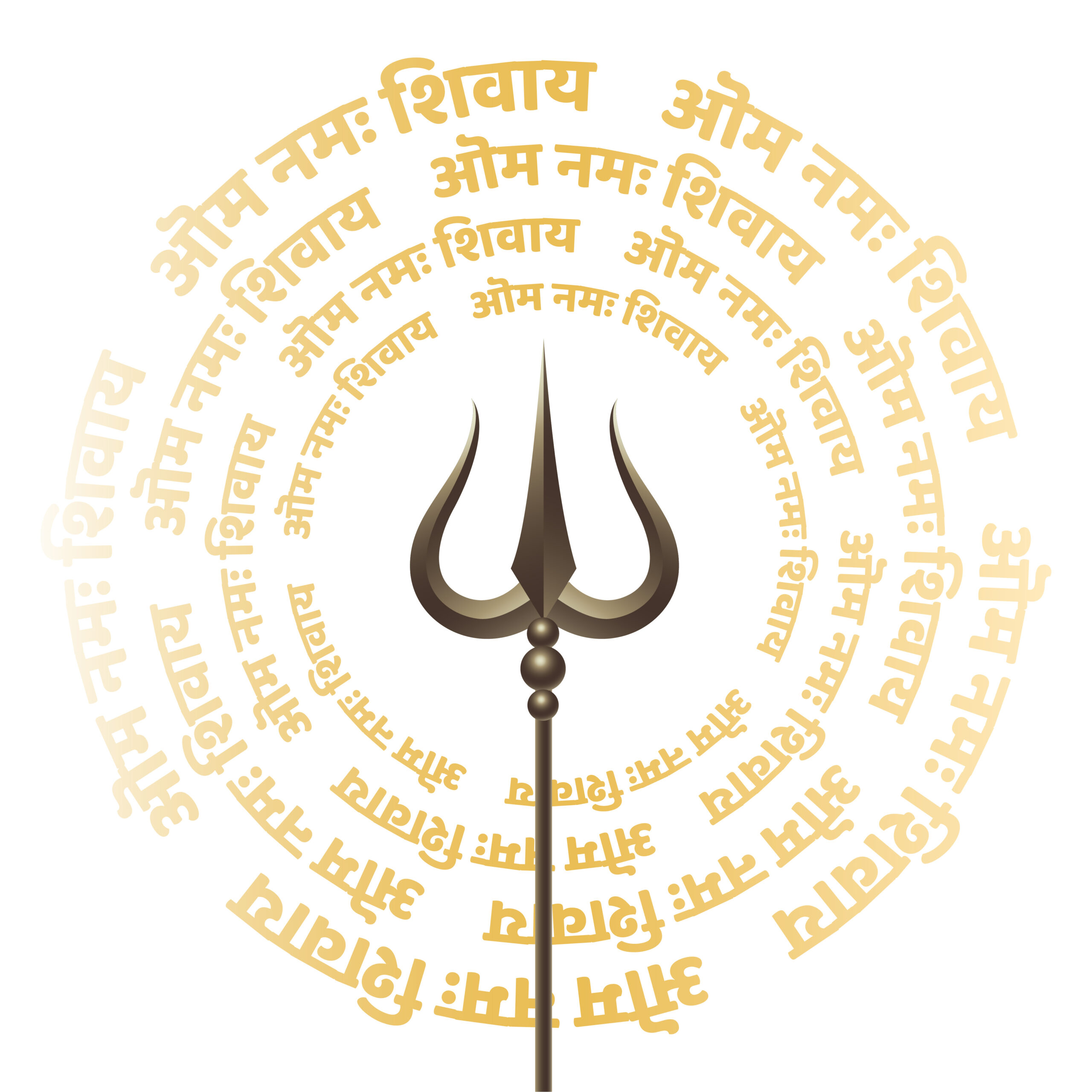In the heart of Hindu spirituality, Lord Shiva stands as a beacon of transformation, destruction, and creation. One of the most significant celebrations dedicated to this formidable deity is Mahashivratri, a festival observed with profound devotion and fervor. Central to this festival is the ritual of Rudrabhishek, an ancient practice that holds deep spiritual significance for devotees.
The Essence of Shiva:
Lord Shiva, often referred to as the “Destroyer of Evil,” is one of the principal deities in Hinduism’s triumvirate, alongside Brahma and Vishnu. He embodies the cycle of creation, preservation, and destruction, symbolizing the constant change inherent in the universe. Shiva is often depicted with ash smeared on his body, a crescent moon adorning his hair, a third eye representing spiritual insight, and the serpents coiled around his neck signifying his power over death.
Mahashivratri: A Night of Spiritual Awakening:
Mahashivratri, which translates to “The Great Night of Shiva,” is a festival observed on the 14th day of the dark fortnight in the month of Phalgun (February or March). It is believed that on this night, Lord Shiva performed the celestial dance of creation, preservation, and destruction. Devotees fast, meditate, and engage in prayers to seek blessings, cleanse their souls, and attain spiritual growth.
Nevertheless, the significance of the 12 Jyotirlingas is exceptional. As per belief, those who utter the names of the 12 Jyotirlingas daily attain Moksha, liberation from the cycle of life and death.
Rudrabhishek: Offering Devotion through Ritual:
Rudrabhishek, derived from “Rudra” (another name for Shiva) and “Abhishek” (ritual bathing), is a sacred ceremony performed to honor Lord Shiva. It involves the pouring of water, milk, yoghurt, honey, ghee, and other sanctified substances over a Shiva Linga while chanting Vedic hymns and mantras. This ritual is believed to appease Lord Shiva and invoke his blessings for health, prosperity, and spiritual growth.
The Significance of Rudrabhishek:
Rudrabhishek holds immense importance in Hinduism due to its spiritual and metaphysical connotations. It is said to purify the mind, body, and soul, and align one’s energies with the cosmic forces. Devotees believe that performing Rudrabhishek with devotion and sincerity can alleviate negativity, remove obstacles, and facilitate inner transformation.
Steps of Rudrabhishek:
Sankalp: The ritual begins with a declaration of the devotee’s intention and purpose for performing Rudrabhishek.
Abhishek: The Shiva Linga is bathed with water, milk, yoghurt, honey, ghee, and other holy substances.
Chanting: Vedic hymns and mantras dedicated to Lord Shiva are chanted by priests and devotees.
Offerings: Items like Bilva leaves, flowers, and sacred ashes (vibhuti) are offered to the Linga.
Arati: The ceremony concludes with the waving of lamps and incense before the Shiva Linga.
Spiritual Connection and Devotion: Rudrabhishek is not merely a ritual; it’s a spiritual experience that allows devotees to connect with Lord Shiva on a profound level. It symbolizes the pouring of devotion and surrender, and the desire for inner growth and blessings from the divine.
In a world that’s often tumultuous, the rituals associated with Lord Shiva, especially Rudrabhishek during Mahashivratri, offer a sanctuary of peace and a path to spiritual awakening. Through these rituals, devotees seek solace, guidance, and the grace of Lord Shiva, transcending the material and connecting with the eternal.
Must Read: Unveiling the Ancient History of Varanasi: India’s Holiest City





